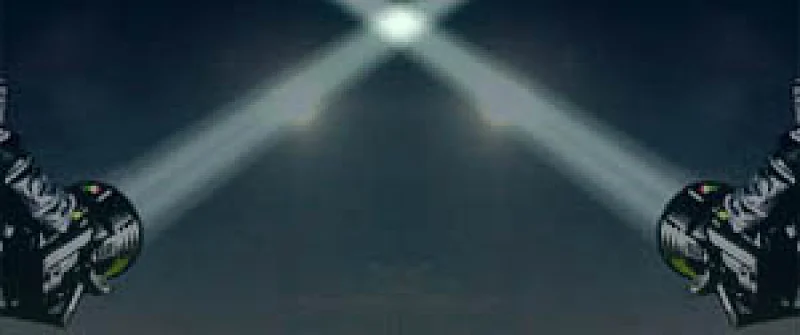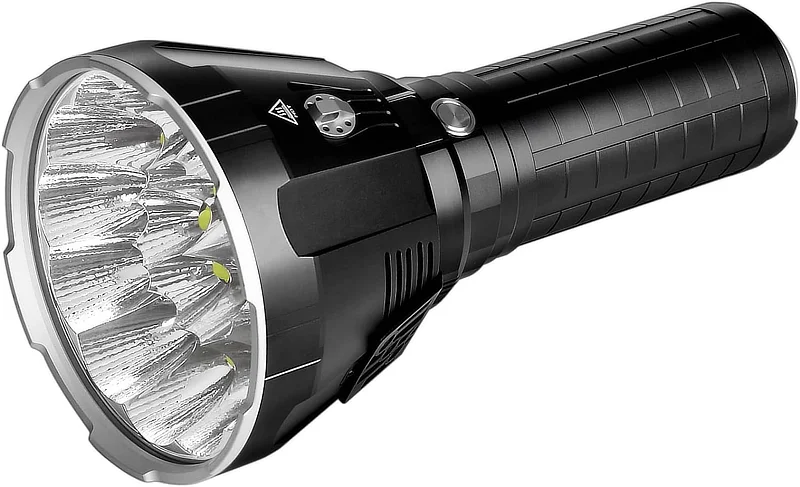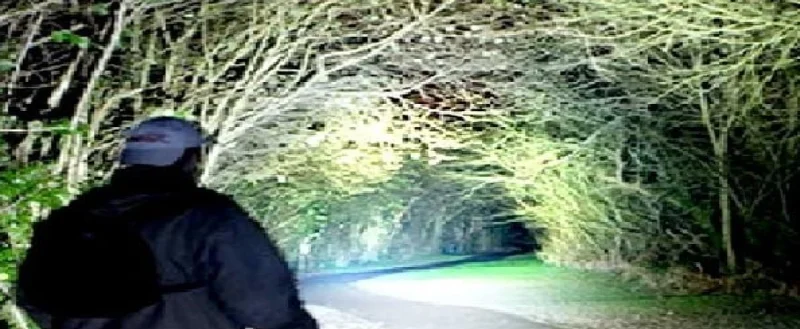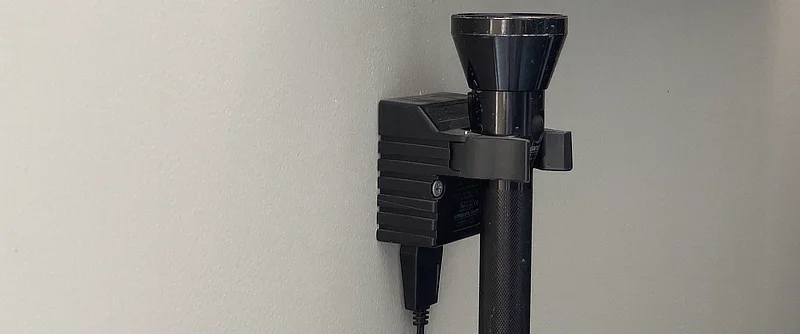Best Survival Flashlight

The flashlight, also known as a ‘torch’ in other parts of the world, is very high on the list of things to have for any survival kit. Pretty much everyone already has one or two in the house somewhere. But what exactly is a survival flashlight, and what’s best? The challenge is, there are so many flashlights to pick from, and so many various uses.
What is the best survival flashlight?
Answer: The one that you have!
Tip: You should have more than one!
Seriously though, about survival, my first bit of advice is quality. There are a ton of low-cost flashlights. They’re likely perfectly fine for most ordinary applications. But survival? I personally prefer well-known and reputable brands that are durable. Do they cost more? Yes. Is it worth it? I believe that it is.
(UPDATE)
Amazingly, I posted this article in 2010, one of my early posts for the new blog. I suppose the topic made sense given how fundamental a flashlight is to dealing with disruptions/survival.
The bottom line is that only you can define and choose the best survival flashlight because there are many criteria and use-case scenarios to consider. Keep reading for further insights…
I have lots of flashlights. Several different brands. Actually, more than several brands. Can you ever have enough? One of my many favorites (at the time of my original post) was the Fenix LD22 (Update – Today there are LOTS more from the Fenix lineup).
Brands to consider:




There are more good brands to choose from too. Those that I just mentioned stand out in my mind among the best.
Survival Flashlight
What’s it going to be used for, and which features matter?
Will it be used in a 72-hour survival kit, a bug-out bag, or a backpack? Or will it be a headlamp, or tactical flashlight, or a flashlight on your key chain? Maybe more of a LED lantern for emergency lighting, or simply a flashlight to have in your home? Perhaps an everyday carry? One for your vehicle? The uses are nearly endless. The point is, to sort that out first, and then begin to think about features.
Size
Does it need to be small? Would a midsize flashlight be okay? Is bigger really better? Or is it more about how you use it? (couldn’t resist that one)
Waterproof
Does it need to be waterproof? Personally, I would recommend that ANY flashlight for survival is waterproof to a good extent.
Brightness
Flashlight brightness is rated in Lumens.
If you want a brighter flashlight pick one with a higher lumen rating.
To get an idea of the scale of lumens, 13 lumens is the approximate brightness of one lit candle and 1,200 lumens is the approximate equivalent brightness of a 100-watt incandescent spotlight.
Brightness? Lumens? Remember, generally speaking, the more lumens, the quicker the batteries will drain. Is there a good in-between?
Personally, as a guideline, I suggest that a survival flashlight has several lumen settings. A very low lumen setting approximately 50 or less (and a red light or red filter to maintain one’s night vision on that setting). A mid-lumen setting for ordinary use, not too bright or dim, but just right to maximize battery use. Maybe that’s in the range of 150 – 300 lumens. And finally, a bright setting to your heart’s content, bearing in mind that it will use lots more power. 600 – 800 lumens is pretty darn bright from a flashlight and sufficient for most uses.
First, decide the purpose and requirements.
- Type – purpose (size – shape – weight, spot or flood)
- Brightness – bulb type
- Battery type – rechargeable or not rechargeable – battery life
- Color – hidden or conspicuous
- Quality (price – many features are shared by many models, but price and quality vary)
Brightest Flashlight?
Okay, let’s get this out of the way right now… If you’re looking for the brightest flashlight, there are all sorts of BS claims out there. I mean, tons of BS. It’s absolute bull shite if you see a brand advertising hundreds of thousands of lumens, or a 1 million-lumen flashlight for 30 or 50 bucks, or some such nonsense. Instead, you’re going to spend multi-hundreds to get up to ~ 100,000 (real) lumens, among the brightest flashlights in existence.
For example, the following example is one of the well-known brightest flashlights in the world, rated at 100,000 lumens. It’s the most popular in its class and is apparently the 2nd brightest flashlight in the world.

The brightest? It’s newer brother, at 120,000 (real) lumens,
IMALENT SR32
Does a super bright lumen specification make for the best survival flashlight? I suppose it’s one choice if you’re specifically looking for an extremely bright beam! Not necessarily good for OPSEC though or everyday carry! That said, doesn’t everyone need a 100,000-lumen flashlight too?
Is Brighter Better?
Most people automatically think the brighter the flashlight the better. However, a brighter flashlight will usually be bigger, and heavier, the run-time will be less – requiring more frequent battery changes or recharges, and it will likely run HOT. It does have its purposes though.
There are many use-case scenarios where you will not want a particularly bright light, but instead a normal output will be Okay. Maybe a few hundred lumens. For reference, a 600-lumen flashlight is considered to be quite bright but could be within a good range for a tactical flashlight. In fact, there are examples where you may want the flashlight brightness to be very low, e.g., to keep your location concealed. Map reading, etc… But most flashlights have multiple brightness settings.
1,000 Lumen Flashlights (amzn)

One flashlight that I keep around the house for general purpose use is this one. I’ve had it for years. It sits on its charger mounted to the wall near the front door:
(update – I’ve had this Streamlight UltraStinger for years and years. It is a great example of “You get what you pay for”. It was expensive at the time, but this ‘survival flashlight’ keeps on working.)

Latest version:
Streamlight UltraStinger LED
(amzn)
Size Matters
Your flashlight application or specific purpose will determine the preferred size. Key-chain size, or something slightly larger for a backpack. For more powerful applications, size will increase, although today’s technology has packed brighter illumination into smaller packages. The multi-million candlepower lights are about the biggest size you will encounter. Although they can be held with one hand, you will pay the price with their weight and size.
Spot or Flood Beam Type
A spotlight will narrowly focus the beam and will reach further with brighter object illumination. The angle of the beam will vary depending on the reflector design – some of which are variable, allowing you to adjust it or zoom in and out. A flood light will widely light up an area for general purpose, closer lighting purposes. There are use-case scenarios for both types.
Bulb type
Common flashlight bulb types include LED, halogen, or xenon. They each serve a purpose and have their own trade-offs.
LED flashlight technology has come a long way over recent years and there are many very bright LED flashlights available. LED (Light Emitting Diode) technology is extremely power efficient and will run for very long periods before requiring a battery change or recharge. Personally, I prefer LED flashlights for nearly all of my normal applications.
However, if extremely bright light is desired, other bulb types such as halogen, xenon, and others can produce brighter light. The penalty you pay for other bulb types is that of power consumption and battery life.
Conclusion
There is no best survival flashlight because it really does depend on its specific purpose, which will vary because of that fact. Having said that, keep in mind the criteria listed here, which should help you think about options. Also, the general rule that I always follow when purchasing any product is, ‘You get what you pay for‘. In other words, the better ‘stuff’ usually costs more money. In some instances, this will not matter to you, but in other instances, it will.
